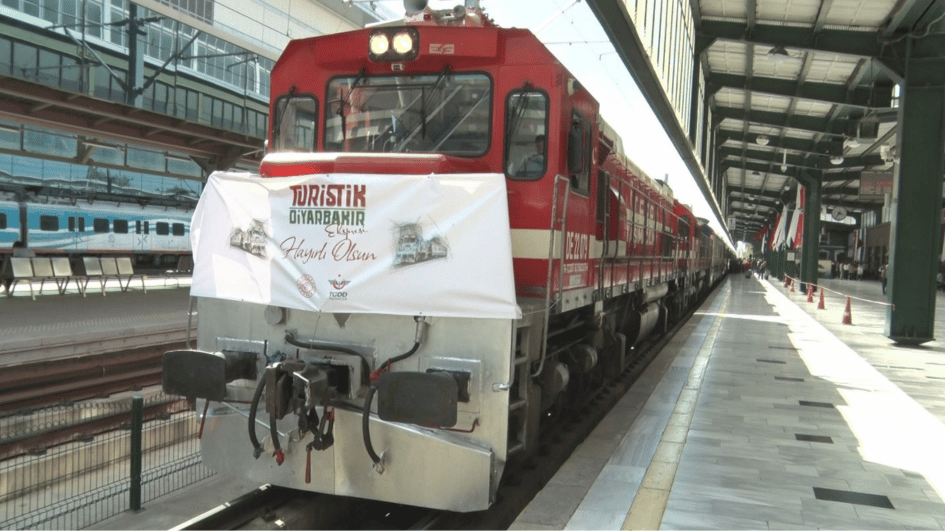The empire strikes back
It was almost two years ago when I probably landed on the biggest scoop of my diplomacy reporting career.
It was the early days of the Hassan Rouhani presidency in Iran, and surprisingly I and my cameraman Emre Kınacı were able to obtain an invitation to go to Tehran for his inauguration. When Iran calls and invites, you definitely go. So we did.
Two years ago, it was easy to see the change in the Iranian society, yet everyone was a bit skeptical about Rouhani’s power. Would he be able to change the dynamics of negotiation? Could he convince the supreme leader about a possible deal with the U.S? The questions were there. And so were the answers.
The day before our return, we had requested to film the exterior of the infamous U.S. embassy building in Tehran. Once the center of student protests and a hostage crisis, the building was then protected by the revolutionary guard as a “museum.” We, surprisingly, were allowed inside the building for a very brief tour. The building was intact, the garden lush with flowers. There was even a gardener taking care of the plants as we entered the big gate. He quickly smiled and disappeared.
The second floor, as my young guide told me, was the center of espionage right before the revolution. Iranians had turned that floor into a museum, much like the International Spy Museum in Washington. The first room on the right was the secret listening post. The second and the third ones were combined to make space for the embassy’s old equipment like computers, typewriters, wiretapping devices and even a paper shredder.
Everything was there. Working. Clean. Ready to go. The young man, whose name was Aslan, guided us through the building and told me how he brought an electrician in every now and then to check the plugs and wires so that they would be in working condition. “I do not even let him work alone,” Aslan told me. “We are very careful about this building and we want Americans to know this.”
I showed the footage of our visit to some diplomat friends in the U.S. consulate in Istanbul and they asked the simplest question: “Why are they doing this?” The Iranians knew a day would come when they would deal with the Americans. The Americans understood that if their embassy was kept in good condition, not destroyed or knocked down or converted like the ones in Libya, Afghanistan or other places, this was for a good reason - and that reason would mean business as much as diplomacy.
I remember telling my editors how important this story was and I was shunned and ignored by them. “So what?” one of them had told me. “It would be a three-minute piece, right? Nothing big.” I desperately pitched the story to CNN International and they ignored it as well. The pictures, the symbolism, the act itself meant more than all political declarations. American and Iranian diplomats knew that. Most journalists in Turkey and the U.S. did not.
So two long years after Iran opened the doors of the embassy in Tehran to us, it is opening its gates to the world for business, politics and so much more. A young new generation of Iranian intellectuals is rocking the world scene. Javad Zarif and his team have shown how “hard and smart power” can work together.
This is how the empire strikes back.











